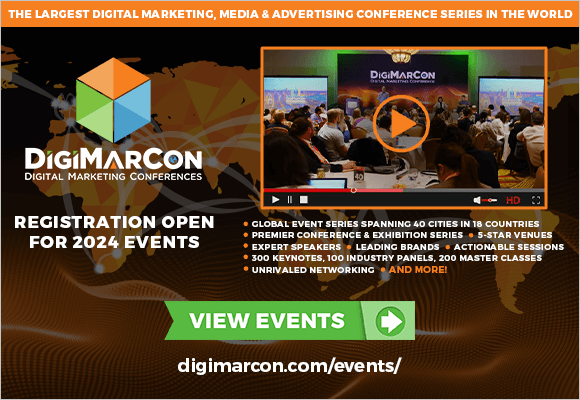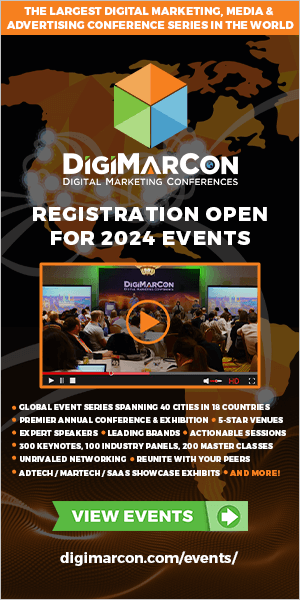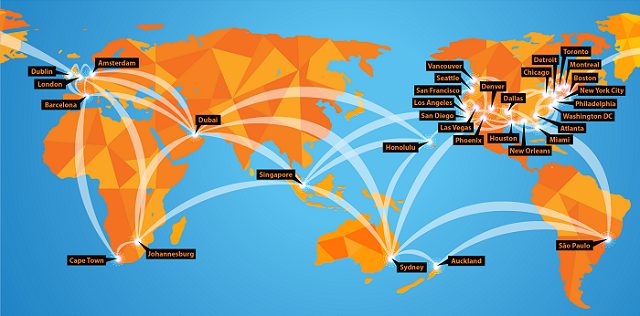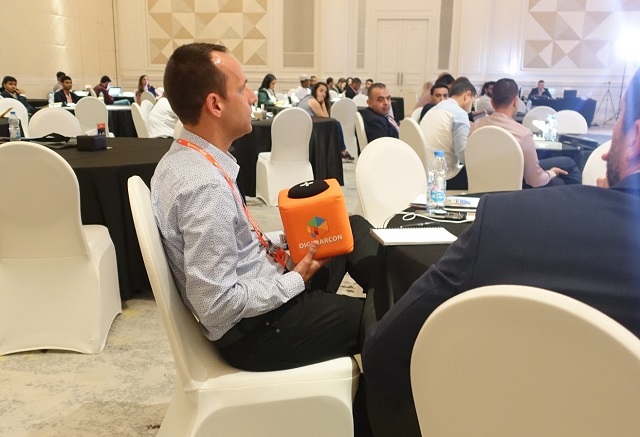5 Ways To Boost Conversions With Dynamic Content
Tailoring the online experiences of customers to best fit their needs and preferences is the ultimate goal of most new technologies that shape the online marketing landscape today. Indeed, it’s only recently that we have developed the capacity to adapt websites to the broader context of a user session, or individual viewing experiences. While often times words like personalization and recommendations are associated with such techniques, at their core, these technologies are about changing and displaying content dynamically, based on user signals, in order to provide them with just the incentives they need to engage in business with you (by popular term, convert), or at least take steps in this direction.
Dynamic content increases conversions by making the customer experience more relevant and intuitive. Many of these techniques work by reducing the amount of unnecessary and redundant information delivered to visitors, therefore eliminating friction and/or by presenting users with the logical next step in their customer lifecycle or discovery process.
It is important to note that while not all of the tools and technologies listed below require advanced data analytics capabilities, usually they do require a well maintained and structured, centralized customer database. Therefore, dynamic content solutions oftentimes:
- are integral parts, extensions, or plugins of a CRM
- are connected to a CRM through an API
- assemble separate databases, which may or may not be integrated with a central CRM, and collect user data on their own (grouped by cookies, or used ids for user identification)
Below, I’ll outline 5 general ways in which dynamic content can be used on a website to increase conversions by creating a smoother, more intuitive, and more relevant UX.
1. Personalized, and Data-Driven Recommendations
Recommendation engines received a lot of attention in recent years, largely in relation to the practices of Amazon, Netflix, and other giant corporations that make personalized content and user journeys central elements of their services. Just how central? Well, Netflix recently estimated that their recommender system is worth a yearly $1 billion to the company and they were also the ones to initiate the legendary $1 million Netflix Prize back in 2006, the most important data science competition ever.
Also, Amazon’s “recommendation box” creates the sense that they, in fact, want to consciously guide users through their buyer’s journeys from product discovery to checkout by showing them relevant content at each stage along the way.
Contrary to popular belief, recommender systems are not limited to the world of eCommerce. They can power personalization on content portals, as well as dating platforms, and travel sites. As a rule of thumb, if your website sells or features a lot of anything, there’s a good chance that your business can benefit from implementing a recommender system.
You can look at recommendation engines as the “brains” behind dynamic content solutions. The most widely used and most advanced general recommendation method is called “collaborative filtering”, which, at its core is an algorithmic approach to capture preference or taste information on many users by collecting and …read more
Source:: Kiss Metrics Blog






























